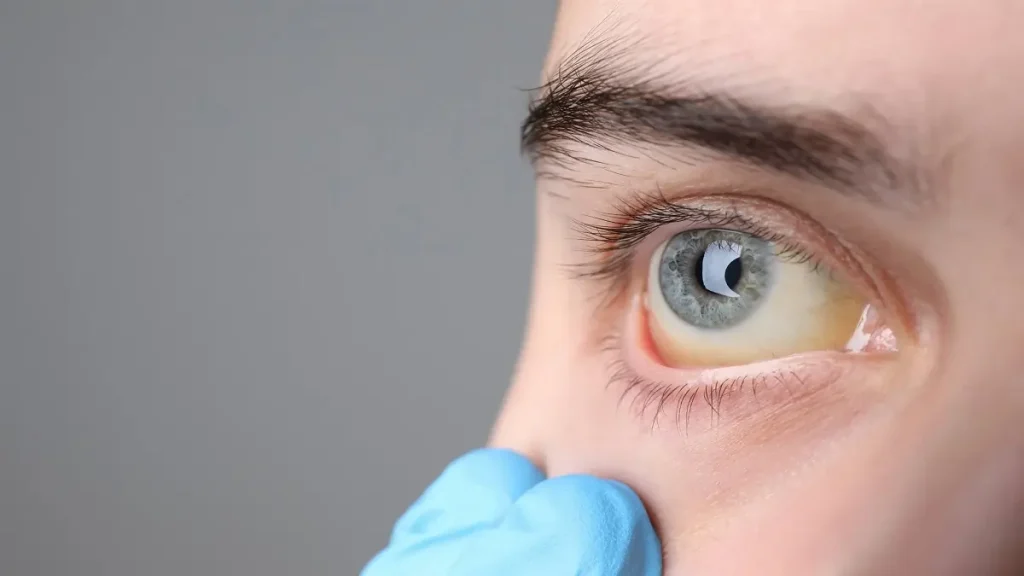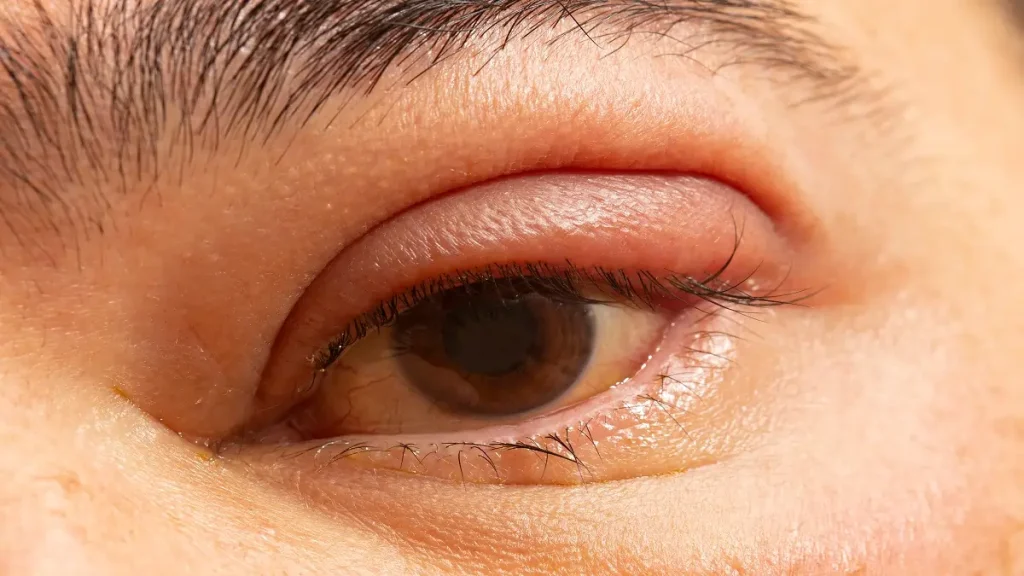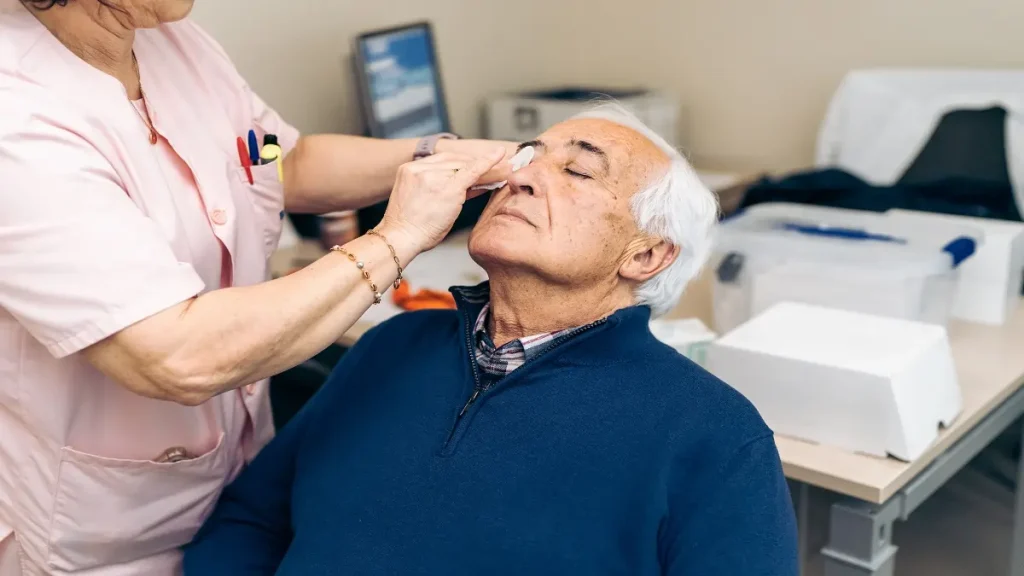Evisceration
What is Evisceration of the Eye? Evisceration of the eye is a surgical procedure that involves the removal of the eye contents while leaving the sclera intact. The procedure is performed to address issues such as severe trauma, intractable pain, uncontrolled infection, or a non-functioning eye. During the procedure, the eye contents, including the lens, […]








